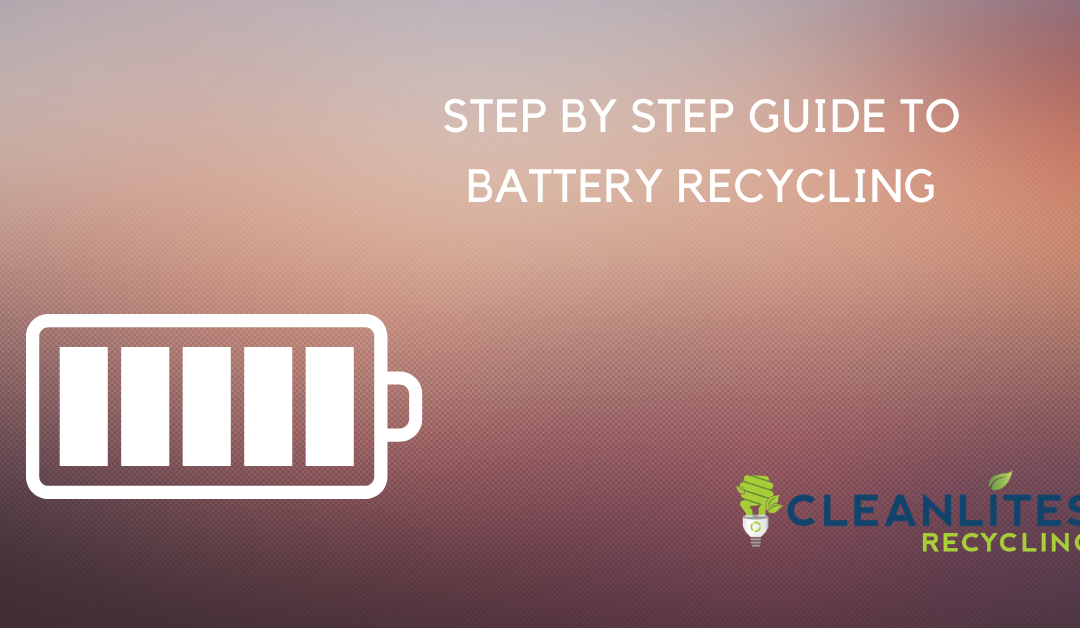Batteries are an important part of our everyday, technological life.
Whether they’re in our cellphones, digital cameras, or any number of smart devices and gadgets, batteries power our lives. But, like everything else in this world, batteries are liable to run down and eventually expend their energy.
That’s why it’s necessary to learn how to dispose of spent batteries. After all, batteries shouldn’t be disposed of in the garbage like any other kind of trash.
So, are batteries recyclable? The answer is yes, and this guide will show you how to recycle batteries the right way.
1. Determine What Kind of Battery It Is
Okay, the first step is to determine just what kind of battery you need to dispose of.
If we’re talking about regular old single-use (not rechargeable) batteries, recycling isn’t mandatory. These batteries are the common AA, AAA, and D-cell batteries that we all know and love.
At one time, it was necessary to recycle these batteries, since they used to contain mercury. However, these batteries are now mercury-free and considered non-hazardous by the Feds, which means you can toss them in the trash in every state—except California, of course, where just about everything is illegal.
Still, it’s a good idea to know how to recycle batteries like this anyway. And if your batteries are rechargeable, you’ll have to recycle them. These types of batteries include lithium ion batteries, lead acid batteries, and nickel hydride and nickel cadmium batteries.
2. Why Recycle Batteries?
So why do rechargeable batteries need to be recycled?
Well, the main reason is that if these batteries are left to decay in landfills, it means the potential leakage of toxic chemicals and waste. Cadmium and lead, especially, can cause a slew of problems if not disposed of properly.
Another reason is that recycling allows for the reclamation of valuable metals from spent batteries, which can be put to important use.
Fortunately, it’s not difficult to learn how to recycle lithium batteries, or other kinds of batteries, so it’s an easy way to help the environment and prevent ill health effects in the population.
3. Prepare Your Batteries for Recycling
This step is easy.
Remove your rechargeable batteries from electronic devices, such as laptops. If it’s the laptop itself that’s dead, rather than just the batteries, you’ll need to recycle that separately.
Then, you’ll need to cover the battery’s terminals with non-conductive or clear tape, to prevent any latent sparking.
4. Where to Recycle Batteries
There are plenty of ways to recycle spent batteries.
If it’s only a few batteries, taking them to a local home improvement store or office retailer is a great way to recycle batteries. Or online resources like Call2Recycle can help you find local solutions.
Cleanlites can also help you out with lithium battery recycling, as well as recycling of any rechargeable and even single-use batteries.
Know How to Recycle Batteries the Right Way
The improper disposal of batteries can produce hazardous waste and release toxic chemicals into the environment.
But taking the time to learn how to recycle batteries properly can help us all safeguard the earth for generations to come. So just follow these easy steps to recycle batteries the right way.
And if you’re looking for bulk or corporate recycling services, please don’t hesitate to contact us at Cleanlites Recycling today to request a quote.

